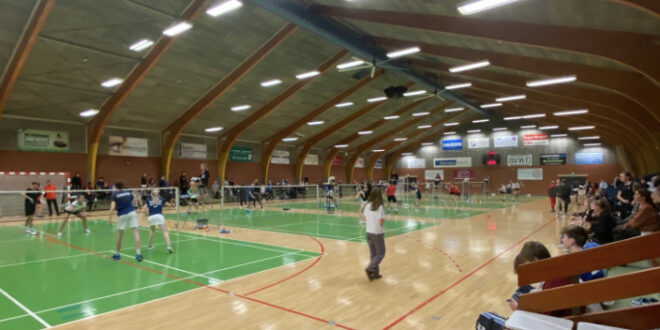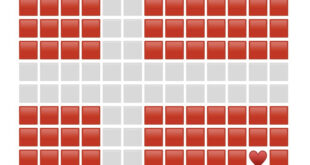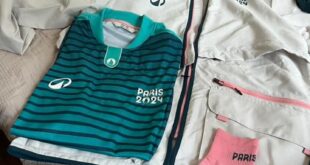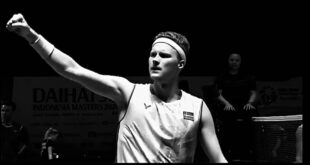![]()
Canada vs Denmark in badminton –
The danish coach often says: “Everyone here is friends, but no one in the club wants to lose to someone else in the club”
Written by Kevin Barkman, a canadian living and playing badminton in Esbjerg.
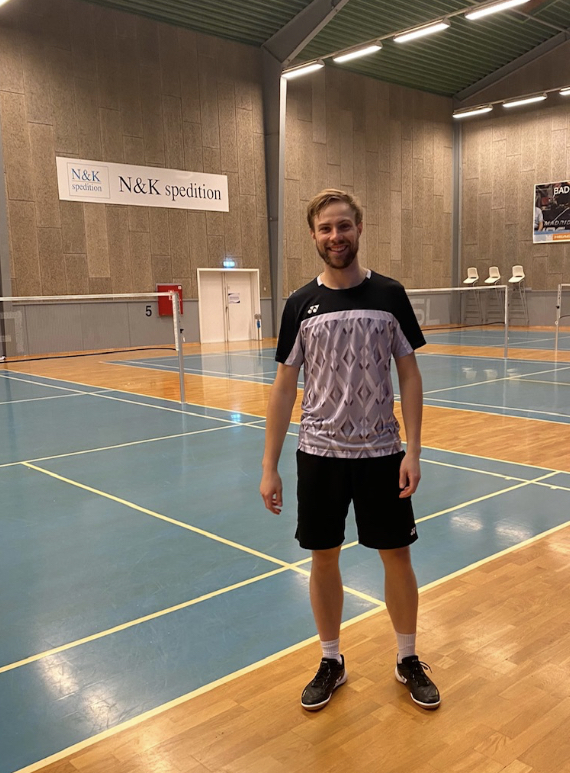
“I will not pretend to compare all the different systems or clubs within badminton and the world. I would be an idiot to think I could compare even just the whole Danish System and the Canadian System – there is far too much nuance and difference between clubs and coach mentality.
I also will not pretend that either country could adopt the other’s system. There are far too many variables, from facilities, to country size, culture, etc.
I will however take a brief look at overall differences I see from the outside. Mostly because I find it fascinating. The reasons behind what I have seen, or the ideas behind them may differ from what I see – I just give my opinion on how things appear to me.
There are a few contrasting ideas/methods that seem to either intentionally or unintentionally dictate the way athletes grow.
The first, and to me, the biggest, was the group vs individual focus. What I mean by this is the form in which most training happens. In Canada lots of resources are spent on private lessons. One on one time with a coach is highly valued. In Denmark, in my experience, there is very little time spent one on one with coaches on the court. Most training is done in group settings.
This focus on group settings results in a lot of things. I won’t pretend to judge what is correlation or causation, but what I noticed is that there is a different mentality. Players who are in a group setting for the majority of the time show up to practice ready to “compete.” The coach often says. “Everyone here is friends, but no one in the club wants to lose to someone else in the club.”
Day in and day out there is a competitive spirit in the hall. The intensity and focus is high, and while the culture is very quiet and polite in many ways, the ability to compete is strong. The coach then spends his or her energy giving instruction and input into an already highly competitive environment. Skills, tactics, technical advice are learned in the same atmosphere they will be used in. Even drills or rally work are done at a high intensity because of this environment and mindset.
This contrasts with athletes who spend the majority of their energy in private lessons. These athletes spend most of their time in their own head. The goal is not in front of them during the session, and they become aware of every little nagging thing. This could be anything from stiffness in an arm during a technical session, or just a bad emotional day playing out in a down session. The coach spends a lot of time working with an athlete’s mind. Trying to build them up, keep them focused, remind them of the end goal. Of course lots of time is spent on technical work.
However the technical work is done without competitive pressure. Skills can be executed well in practice and frustration comes up in competition. This leads to players who say and think things like “I am better than my opponent, I just can’t get the results.” But since badminton isn’t a judgement of technical work, but the ability to use what skills you have to win matches, this is always an unfair statement by athletes, however frustrated they are.

The second thing I have noticed is a focus on results vs a focus on aesthetic, specifically in technical aspects of the game. Coaches in Denmark seem to focus on where the shuttle is going and how it is going there, and give advice and instruction on to get the desired result, vs focusing on the stroke itself in a vacuum, or making athletes that look the same or look “correct.”
The next, maybe biggest thing difference I have seen being in Denmark compared with Canada is the overall system in which badminton functions, and the opportunity it affords people. In Canada we have clubs where you can play badminton, join some lessons, maybe a weekly ladder, or just rent a court and bring some friends out. It is very self initiated. Individual tournaments and various clubs mean that many people who are not focused on being competitive do their training with their friends, or perhaps just play for a few weeks before an event to knock the rust off. It is a great community and open for athletes of various levels to create their own little niche of friends and groups to play in that. For competitive athletes, there are a few provincial tournaments, and then a handful of national tournaments to focus on for the year. If you live in one of the bigger provinces you may have a few more local and provincial events of different levels. They are weekend events for the most part.
In Denmark there is a local club, largely run by volunteers in my experience, with different levels of lessons, group play sessions, and teams that play in different levels of leagues and team events. There is competition all the time. I could not even begin to count the different leagues and levels I have seen since I got here. For junior and developing competitive athletes there is opportunity to compete almost every week, and often more than once in a week. Between league matches, junior leagues, and tournaments, there is a constant stream of competition. This also is true for more recreational players, but in my mind, most importantly, for those who were highly competitive in their younger years but are in different stages of life now. There are lots of these athletes competing in leagues. You can compete every other weekend for a single day in team matches, enjoy the best parts of badminton – the competition and the community, without being focused on a few events, and having to train for weeks or months without competition to stay in shape in shape enough to play the rare competition. This has led to a huge retention of athletes in the sport. For the younger athletes it gives them lots of practice being “uncomfortable” or under pressure in competition. From the time you are young you are used to having tough competitive matches with people of a similar level.
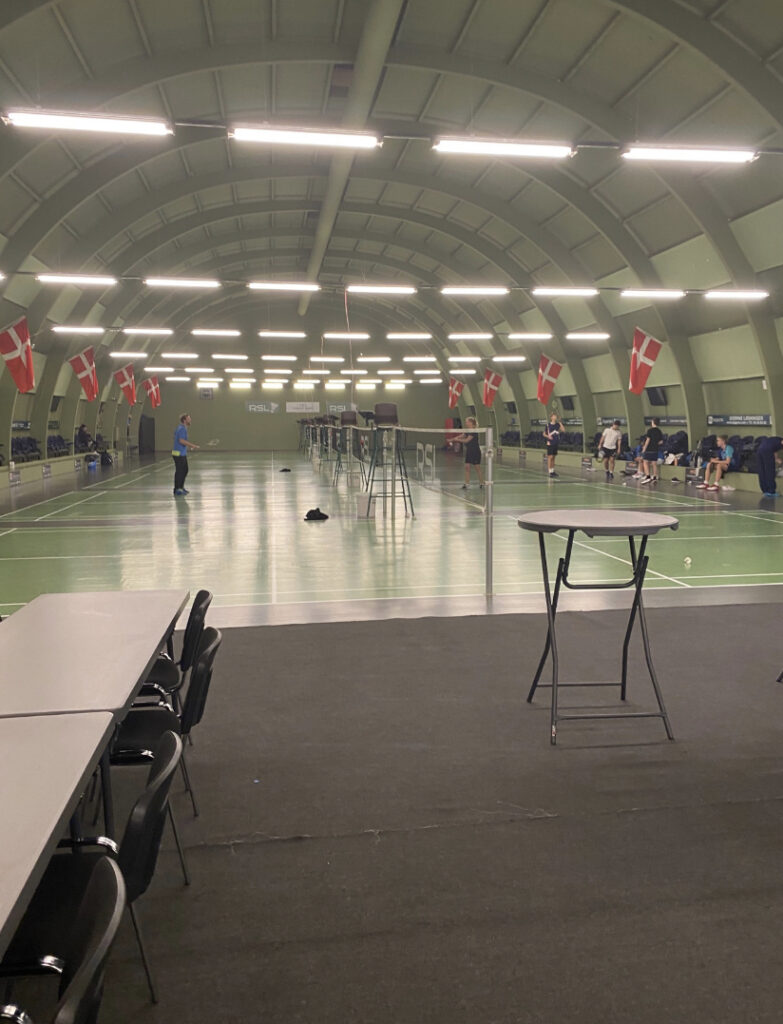
The skill of competing is practiced often.
Overall, Canada is an open system – lots of flexibility, but few options for competition, and a very vague path to move ahead. Winning tournaments is about the only road upward. While Denmark seems to be a much more structured system, but full of competition and distinct steps from one level into the next.
Denmark has shown, and continues to show that their system creates the best athletes in the world. Athletes toughened by competition with practical technical skills and advanced tactics.
Canadian athletes are plowing ahead, using their resources to build their own way towards the top.
As a Canadian athlete I hope that we can build opportunities to keep athletes involved in the sport more after university (where we see the largest drop off of involvement). I hope that we can create a more clear athlete pathway for those trying to reach the highest level in the world, and find more ways to involve the community for those who play for the love of the sport. There are lots of different ways to do all of the above.
The Danish system is strong and has a long legacy. It may not work in canada, but perhaps we can learn from their success as we create our own systems and structures.”
 BadmintonBladet flest nyheder om badminton
BadmintonBladet flest nyheder om badminton
